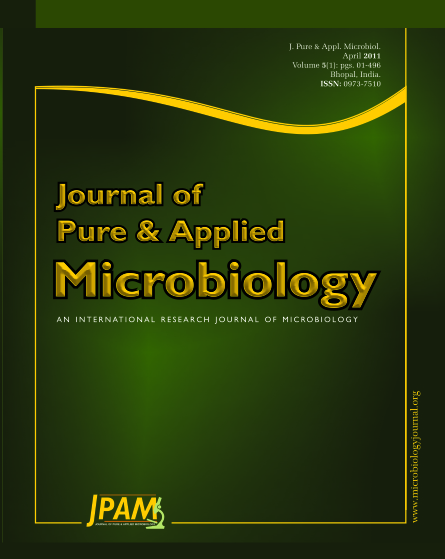This research was planned and carried out in order to determine Staphylococcus aureus and Staphylococcal Enterotoxin A presence quickly in meatball meals cooked in two different hospitals with two different cooking systems by using molecular and classical microbiological methods. Total 60 samples of meals with meatballs (30 samples from each hospital) were included in the research. S.aureus and S.aureus Enterotoxin A producing bacteria was detected in 6.6% of the samples of hospital A which used new production techniques by using both molecular and classic microbiologic methods. S.aureus and S.aureus Enterotoxin A producing bacteria was detected in 9.9% of samples of Hospital B which used traditional methods by using both microbiologic methods. No statistical difference was found out between two microbiologic methods in terms of S.aureus identification. Consequently, hygienic rules must be obeyed during all phases, the conditions must be improved and sustainable training of personnel must be ensured in order to prevent food poisoning cases in hospital food service systems. Also, molecular microbiologic methods used for determination of nutrient pathogens are faster and more functional, so usage of these methods is crucial.
S.aureus, Institutional food service, Hospital, Hygiene, PCR
© The Author(s) 2011. Open Access. This article is distributed under the terms of the Creative Commons Attribution 4.0 International License which permits unrestricted use, sharing, distribution, and reproduction in any medium, provided you give appropriate credit to the original author(s) and the source, provide a link to the Creative Commons license, and indicate if changes were made.


